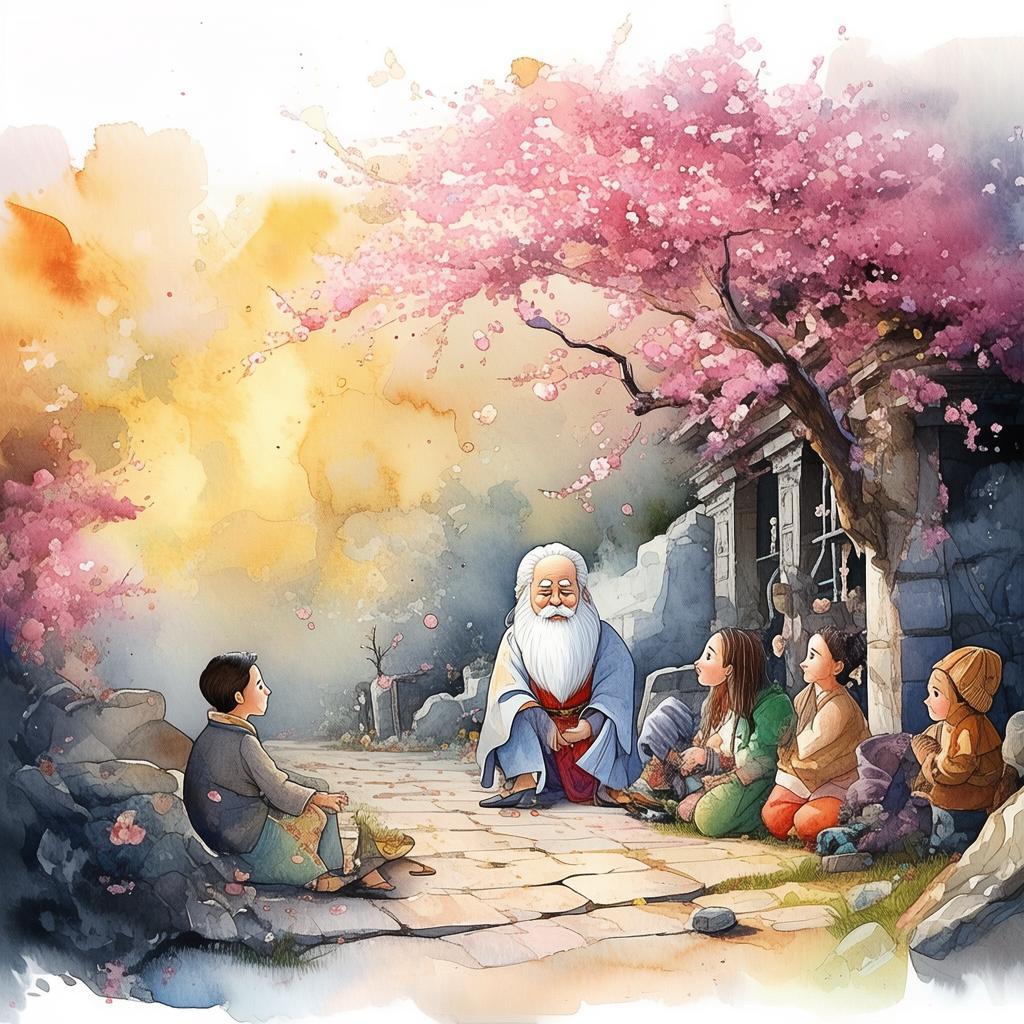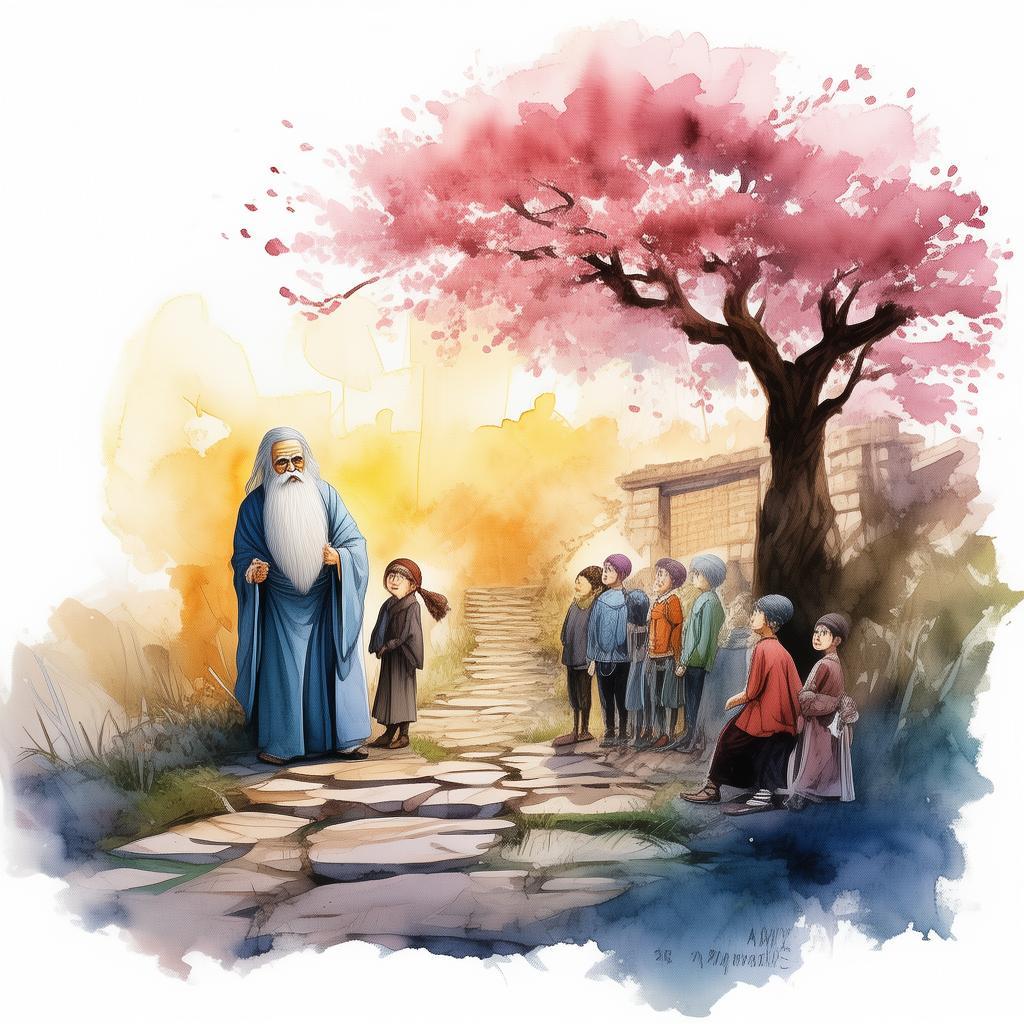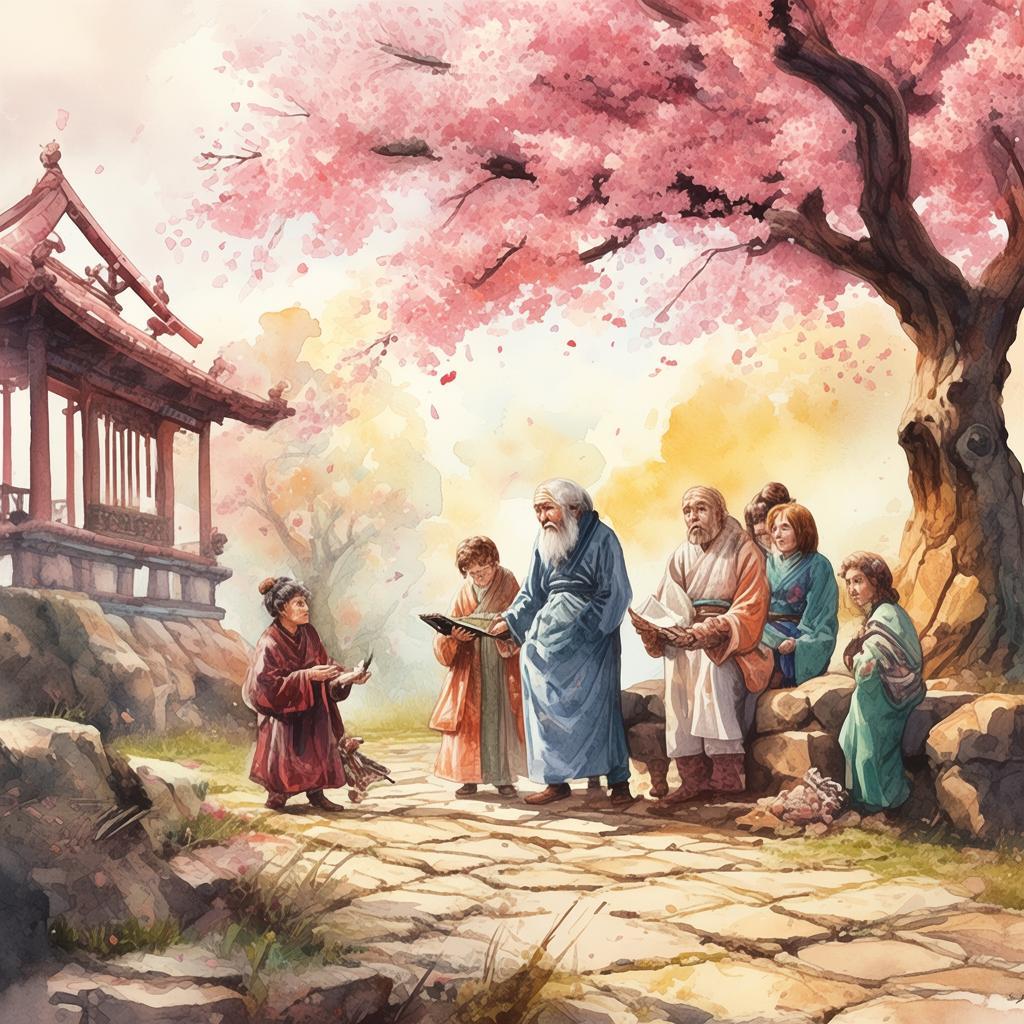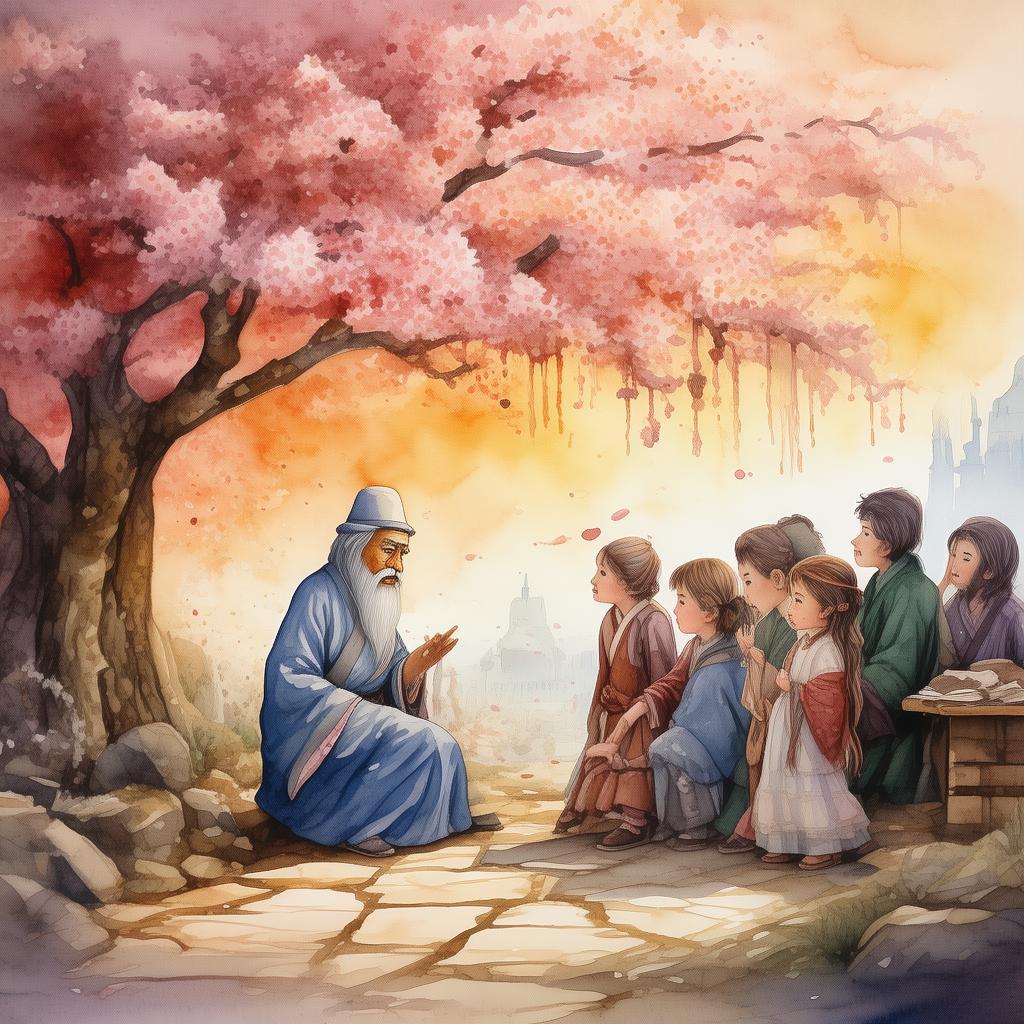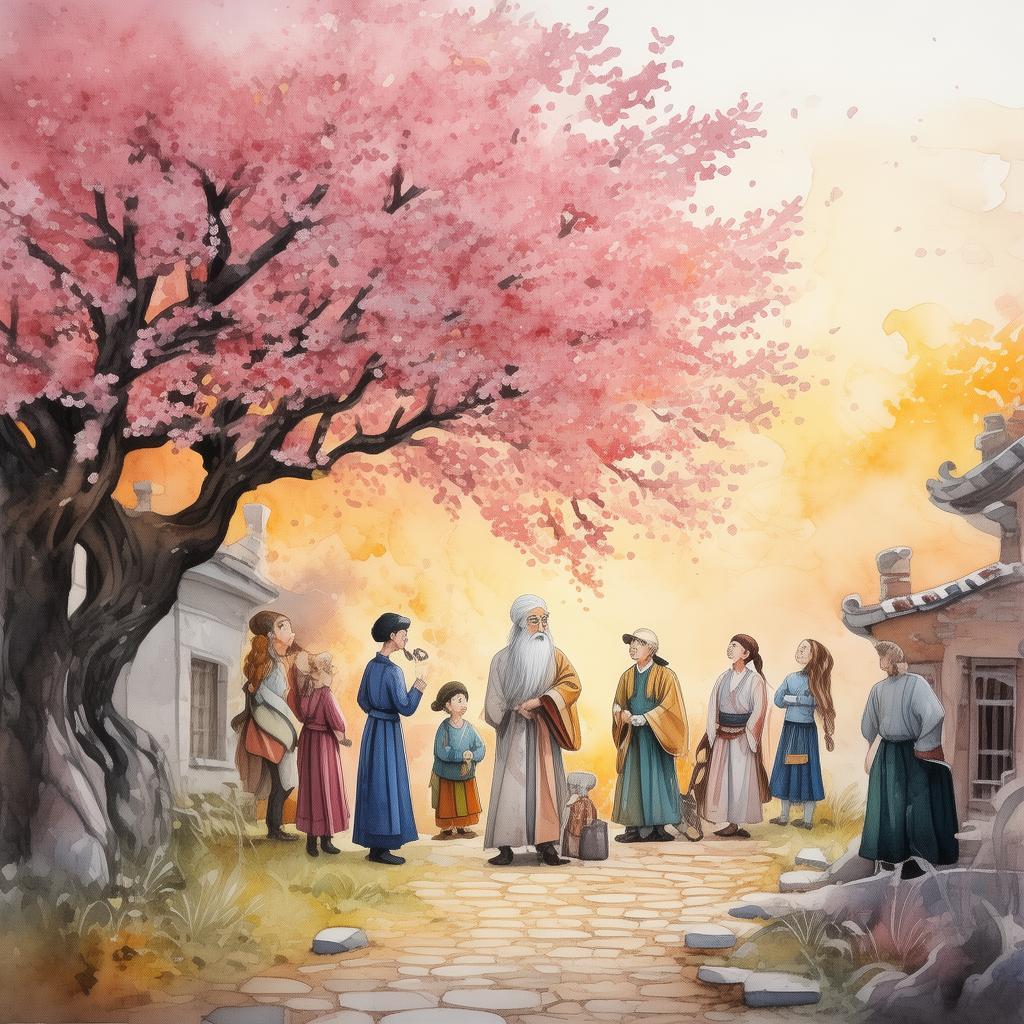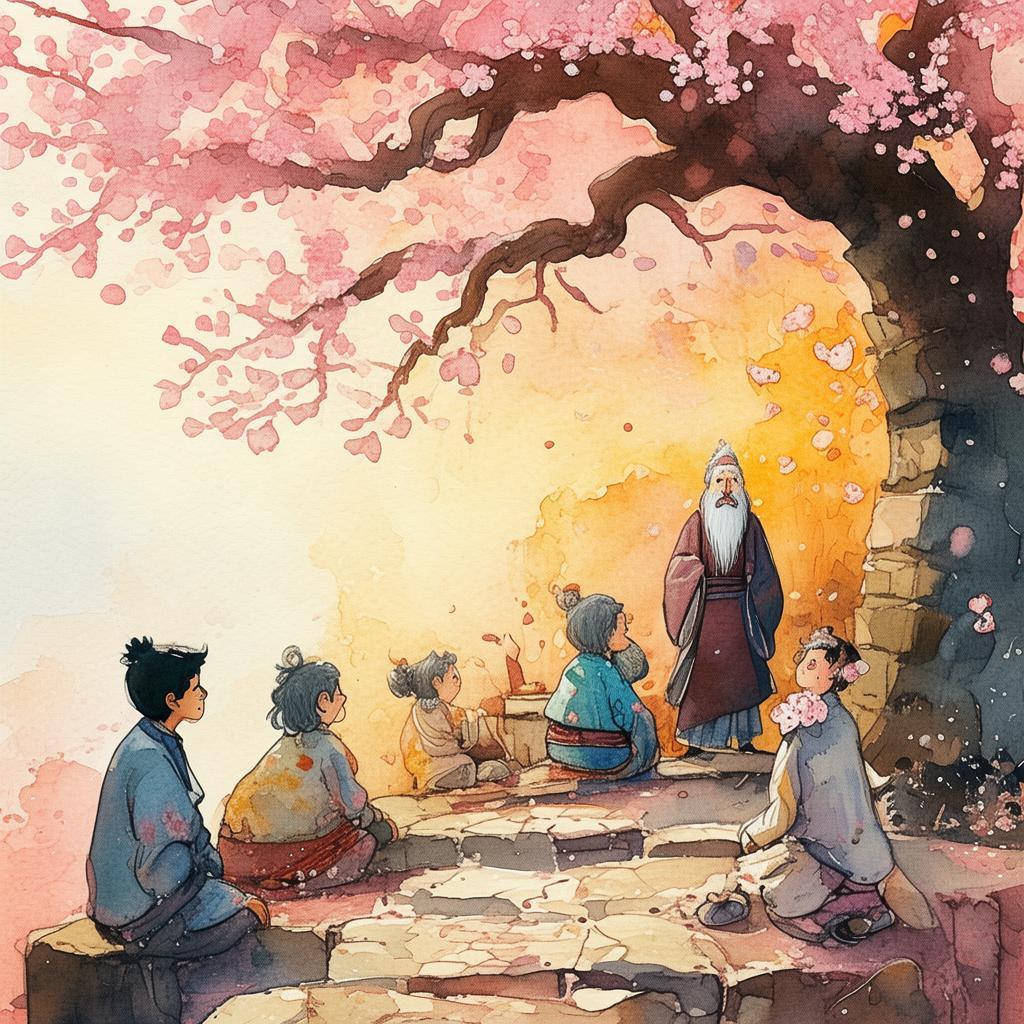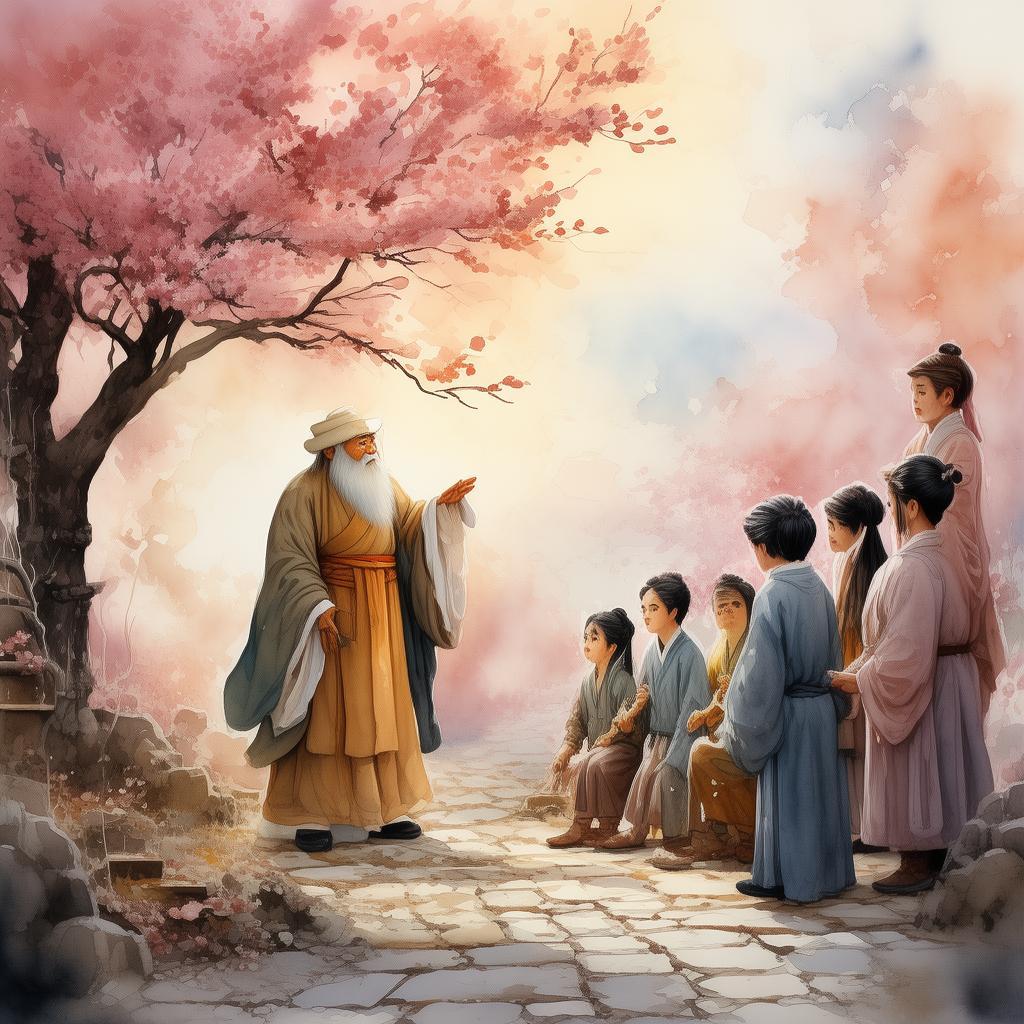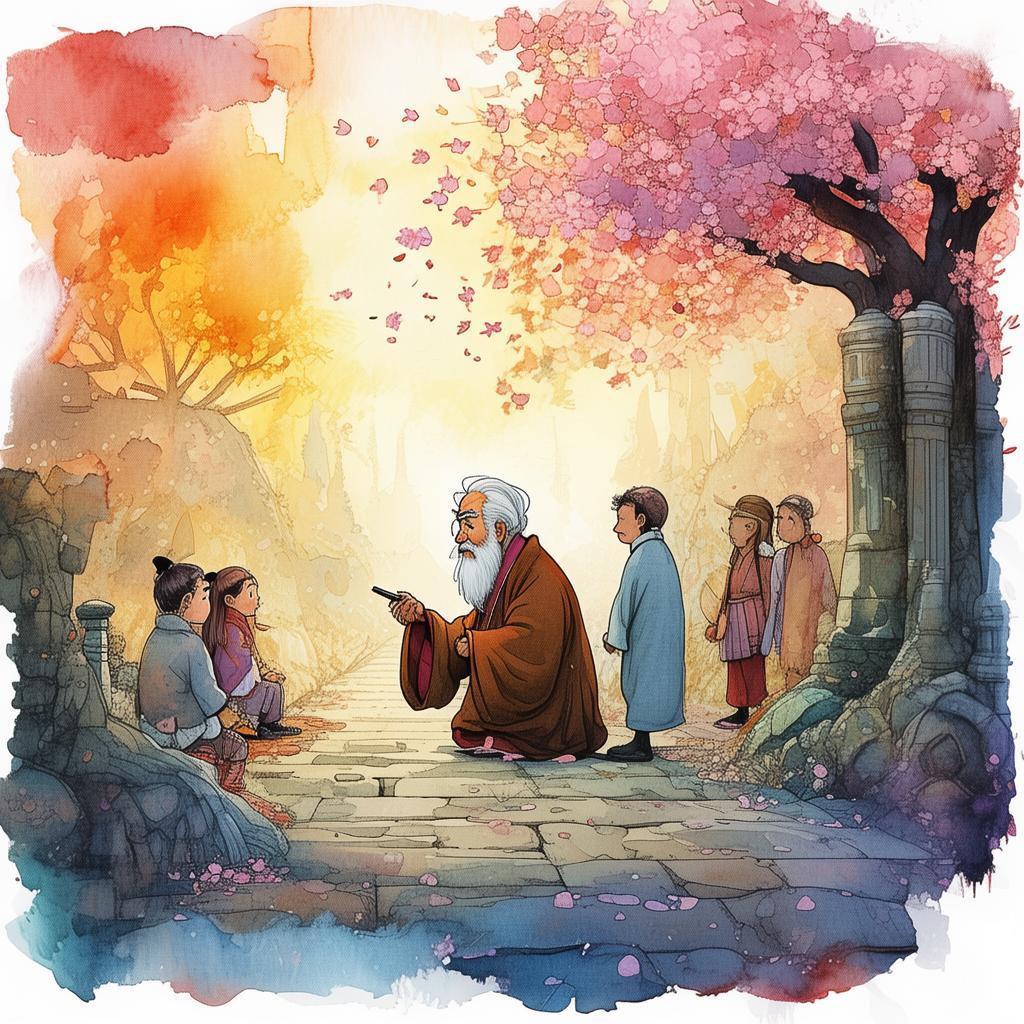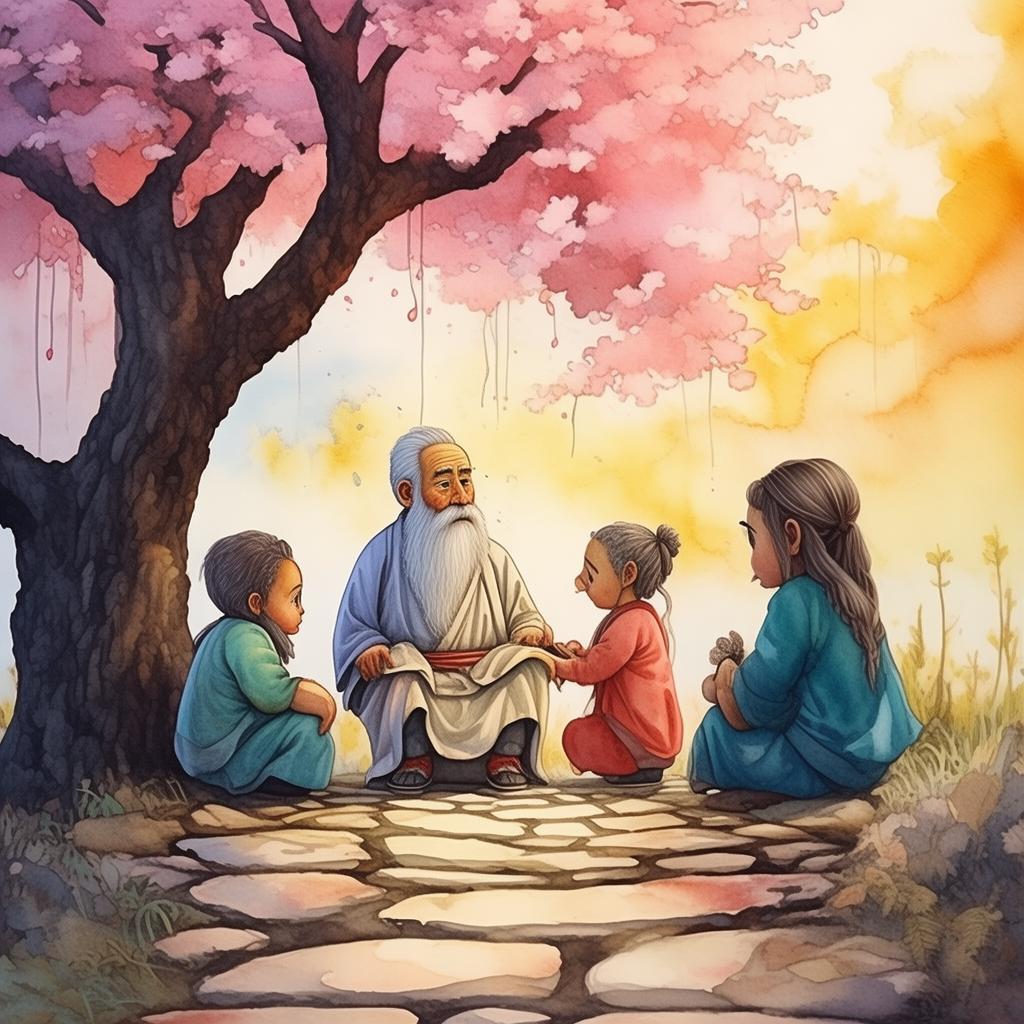The Symphony of Despair: A Tale of Resilience and Redemption
In the heart of a bustling metropolis, the renowned conductor, Master Xiao, was preparing for the grand opening of his latest composition, "The Symphony of Despair." The symphony was a testament to his life's work, a fusion of sorrow and hope, meant to reflect the human condition in its entirety. Little did he know that this masterpiece would become his salvation and his downfall.
One evening, as Master Xiao was lost in his music, the police arrived at his doorstep. They had a warrant for his arrest. The charge? The brutal murder of a music critic who had recently penned a scathing review of his latest piece. The evidence was conclusive: a single hair, a strand of Master Xiao's, found at the crime scene.
The city was in an uproar. The beloved conductor, once hailed as a musical genius, was now vilified as a monster. His concerts were canceled, and his home was surrounded by paparazzi and reporters. The public had turned against him, and his friends and colleagues were wary of associating with a man who was now a pariah.
But Master Xiao was innocent. He knew he had never harmed anyone. The hair at the crime scene was a setup, a frame-up meant to destroy his reputation and his career. Determined to clear his name, he embarked on a quest to uncover the truth.
As he delved deeper into the case, Master Xiao discovered a web of deceit and corruption that extended beyond the music critic's murder. The critic had been part of a group of influential figures who sought to control the music scene and silence anyone who dared to challenge their dominance. Master Xiao had inadvertently become the obstacle they needed to remove.
With the police and the public against him, Master Xiao turned to his music for solace and strength. He began composing his final symphony, a piece that would become his legacy, his proof of his innocence. The symphony was a mosaic of his life's experiences, a journey from despair to hope, from innocence to accusation, and back to redemption.
As the days passed, Master Xiao's reputation as a composer began to wane. His concerts were canceled, and his music was derided. But he pressed on, driven by the belief that his symphony would be his salvation. He worked tirelessly, his fingers dancing across the piano keys, his heart filled with the hope that one day, his truth would be revealed.
One evening, as the final notes of the symphony were being played, a figure stepped into the audience. It was the music critic's daughter, a young woman who had grown up idolizing her father. She had heard whispers about the conductor's innocence and had decided to investigate for herself. As she listened to the symphony, she realized that her father had been wrong about Master Xiao. His music was a beacon of hope, a testament to the human spirit's ability to endure and triumph.
The next day, the young woman approached the police with evidence that proved Master Xiao's innocence. The police, now faced with a new set of facts, began to re-examine the case. As the truth came to light, Master Xiao's name was cleared, and the public began to see him as the genius he had always been.
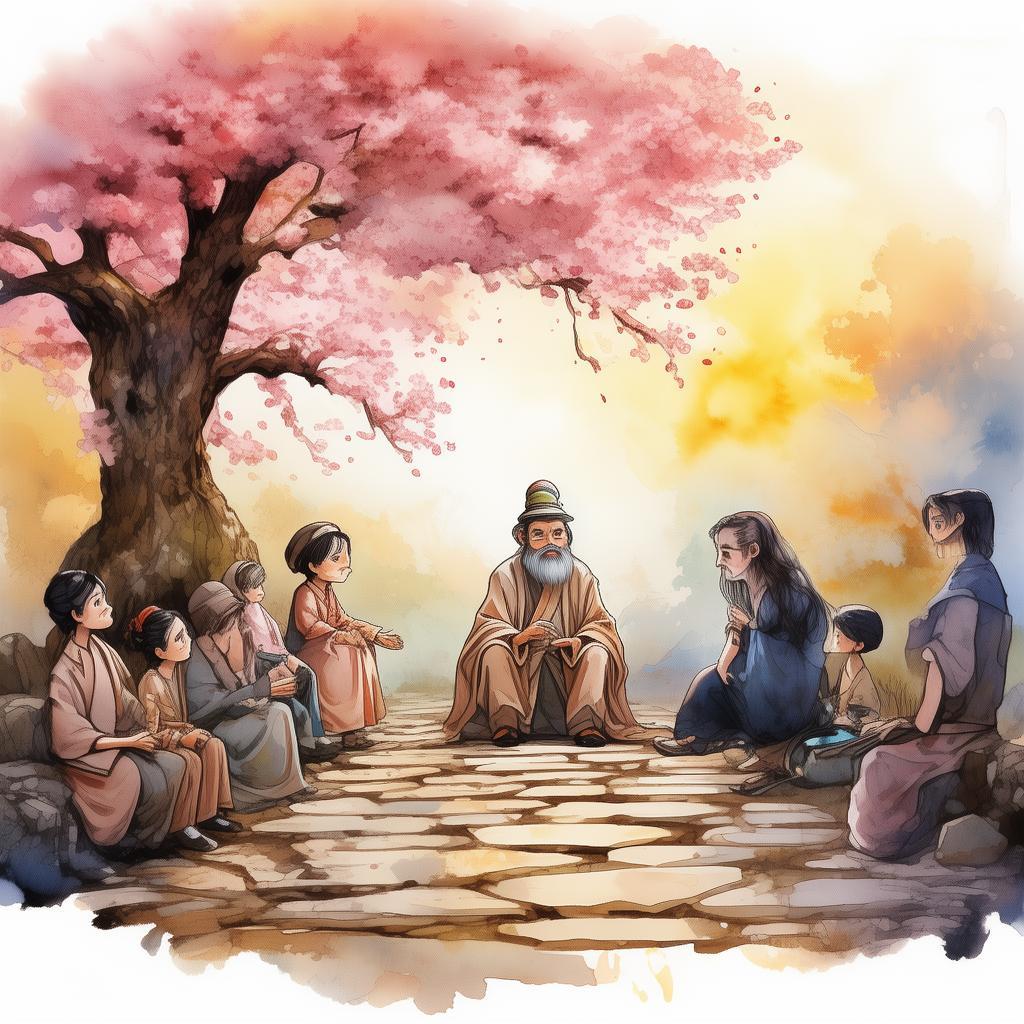
The grand opening of "The Symphony of Despair" was a triumph. The audience was captivated by the music, moved by the story, and inspired by the conductor's resilience. Master Xiao's symphony became an instant classic, a testament to the power of music to heal and unite.
In the end, Master Xiao's journey was not just about proving his innocence. It was about the enduring power of hope, the strength of the human spirit, and the transformative power of art. Through his music, he had not only cleared his name but also brought healing to a community that had been divided by suspicion and mistrust.
The Symphony of Despair: A Tale of Resilience and Redemption was not just a musical masterpiece; it was a story of endurance and redemption, a reminder that even in the darkest of times, hope and beauty can still be found.
✨ Original Statement ✨
All articles published on this website (including but not limited to text, images, videos, and other content) are original or authorized for reposting and are protected by relevant laws. Without the explicit written permission of this website, no individual or organization may copy, modify, repost, or use the content for commercial purposes.
If you need to quote or cooperate, please contact this site for authorization. We reserve the right to pursue legal responsibility for any unauthorized use.
Hereby declared.
